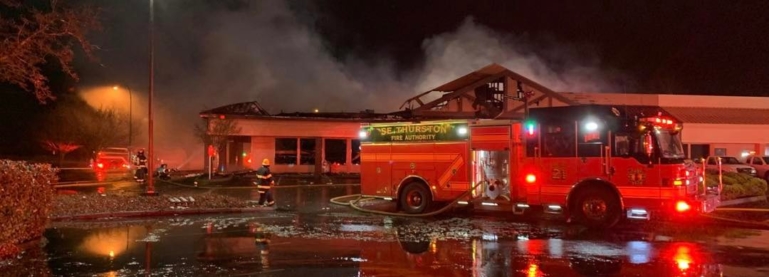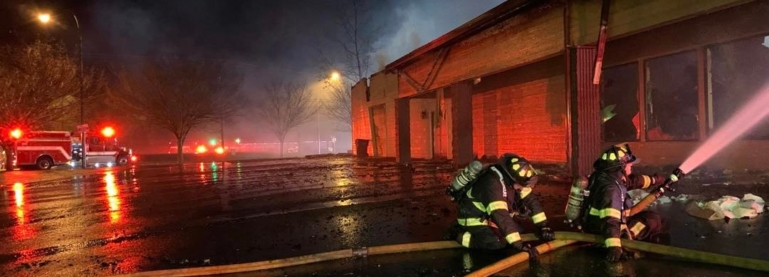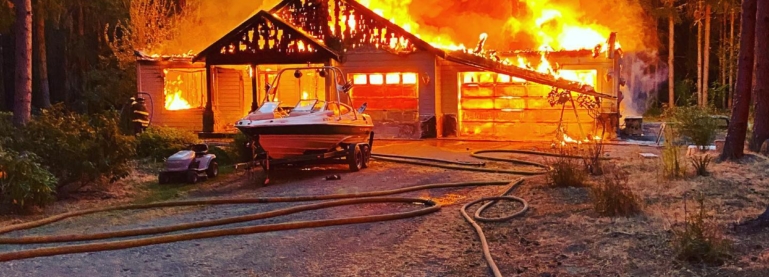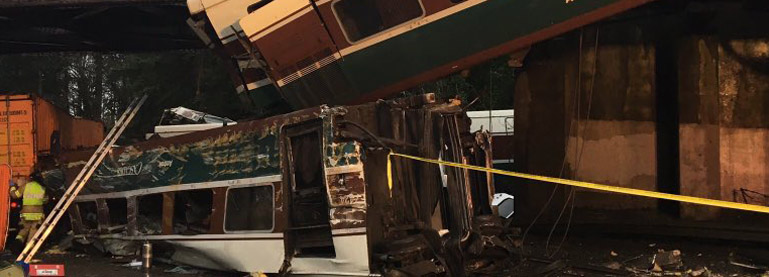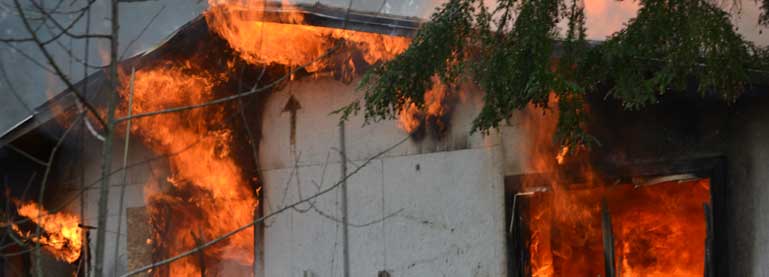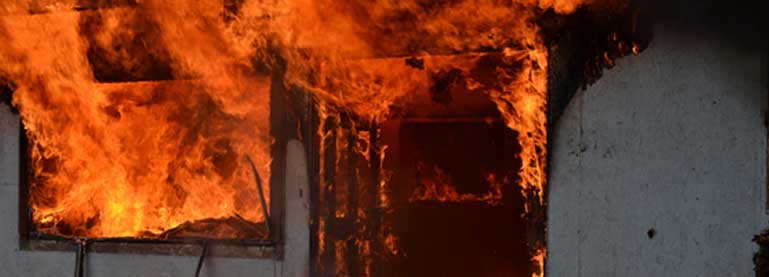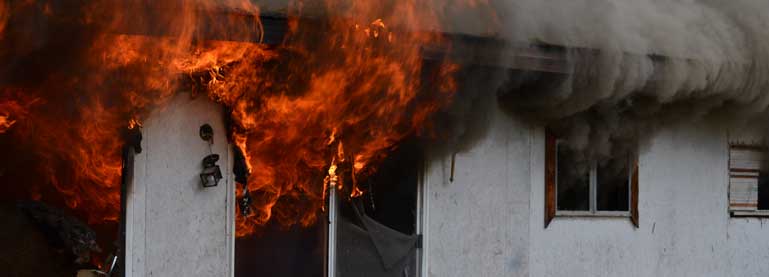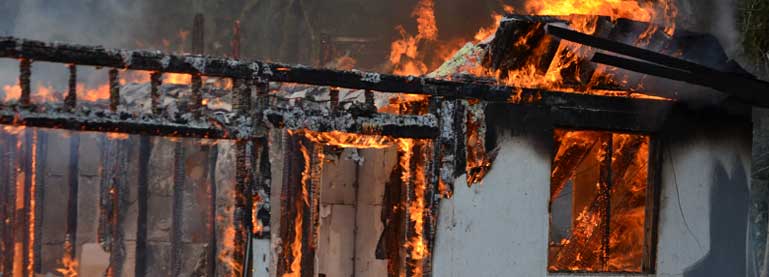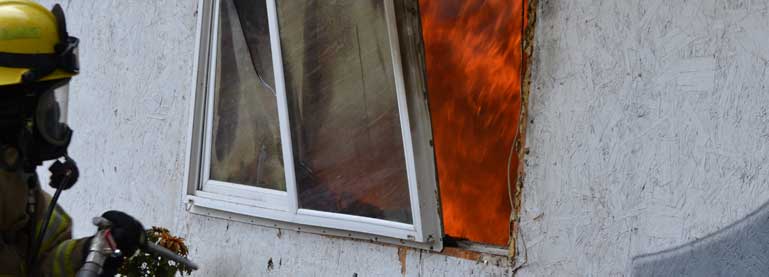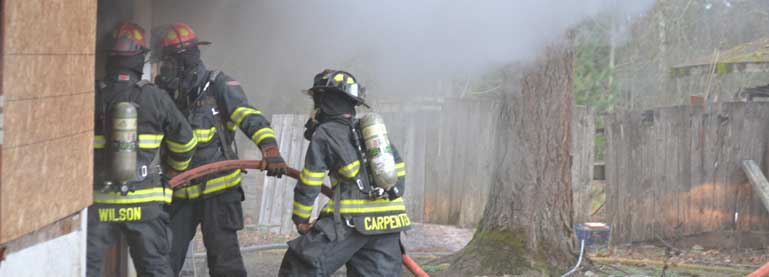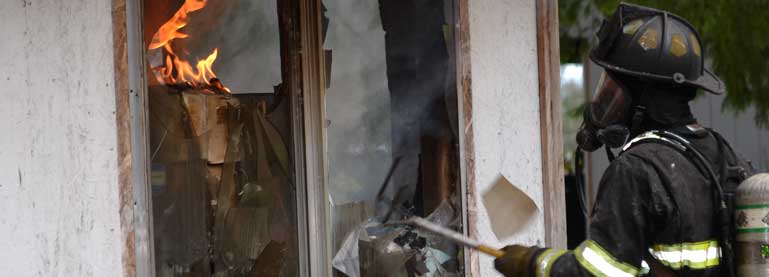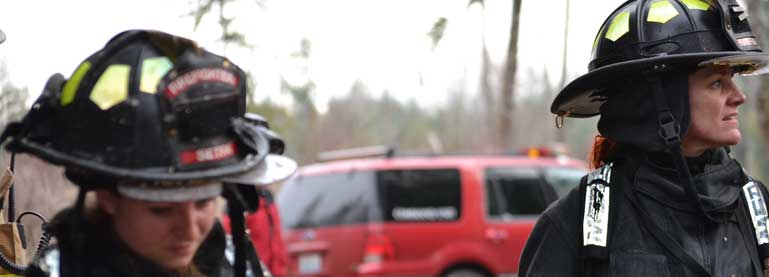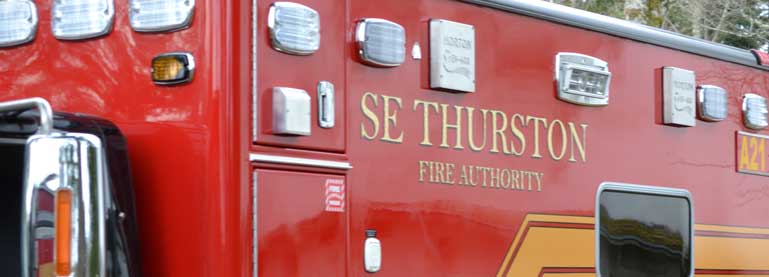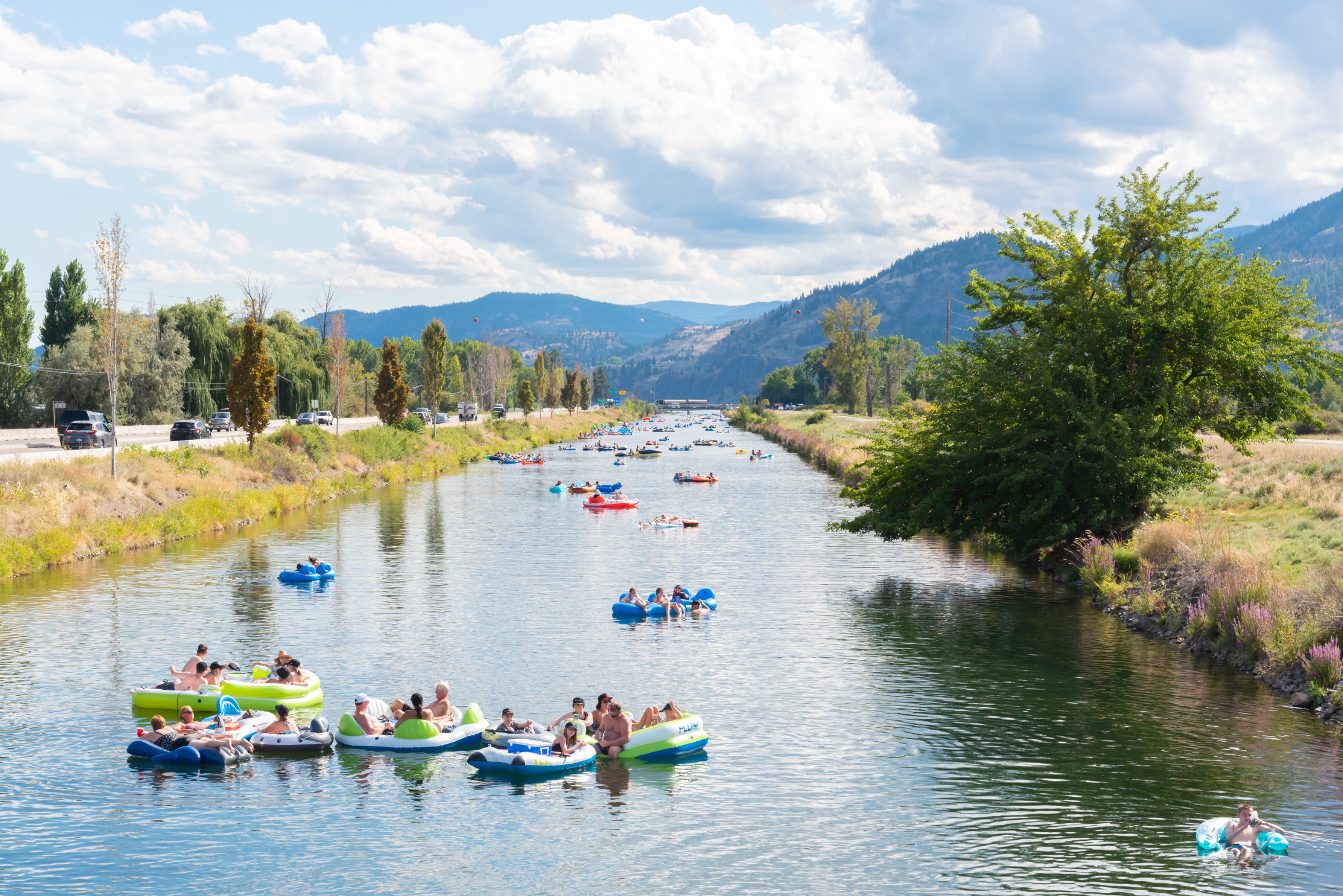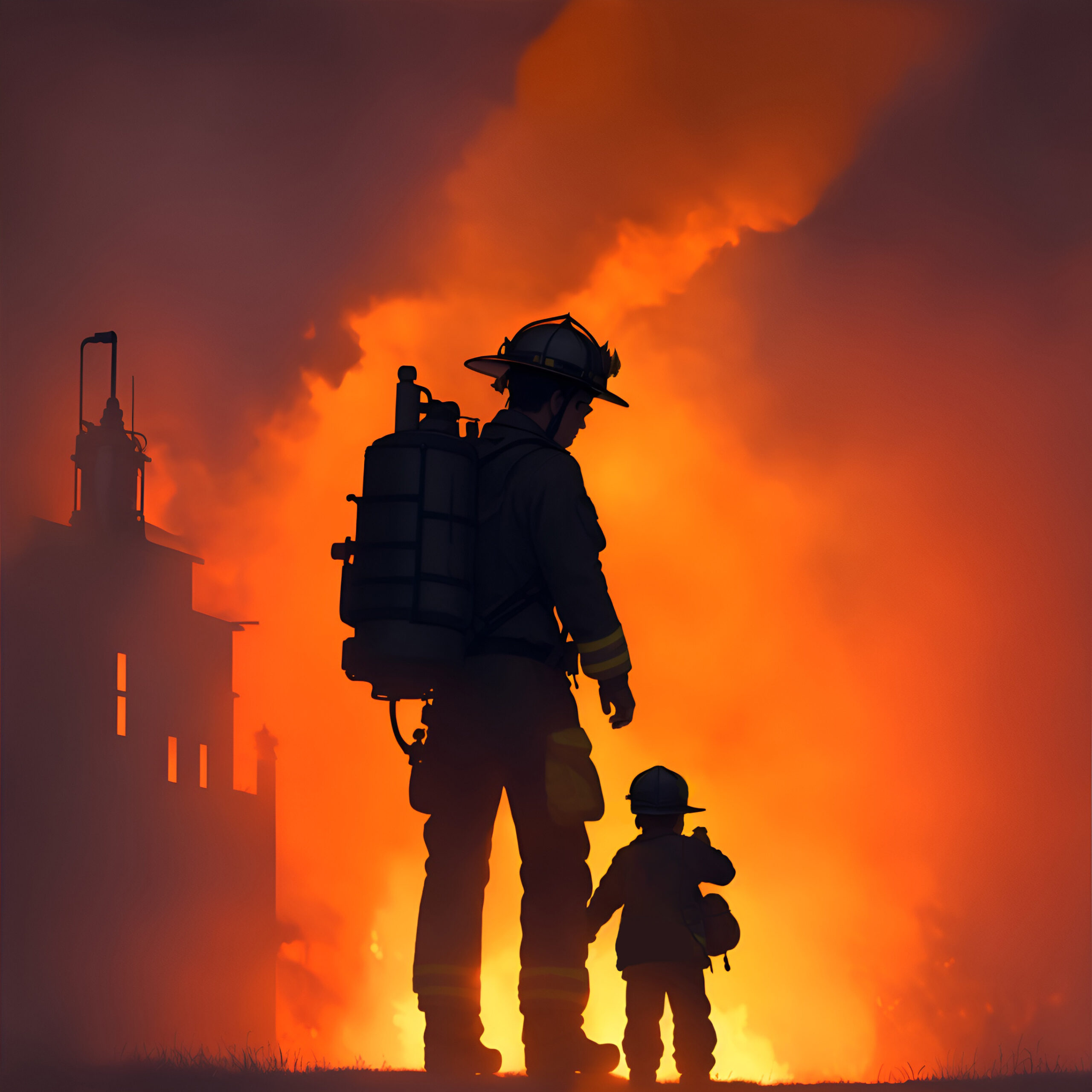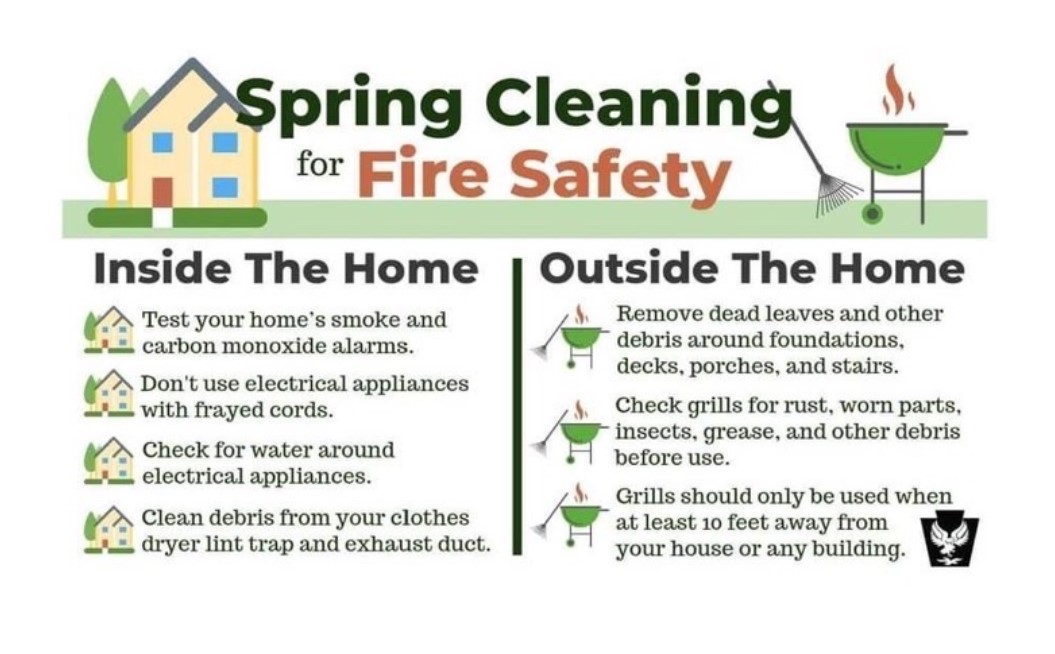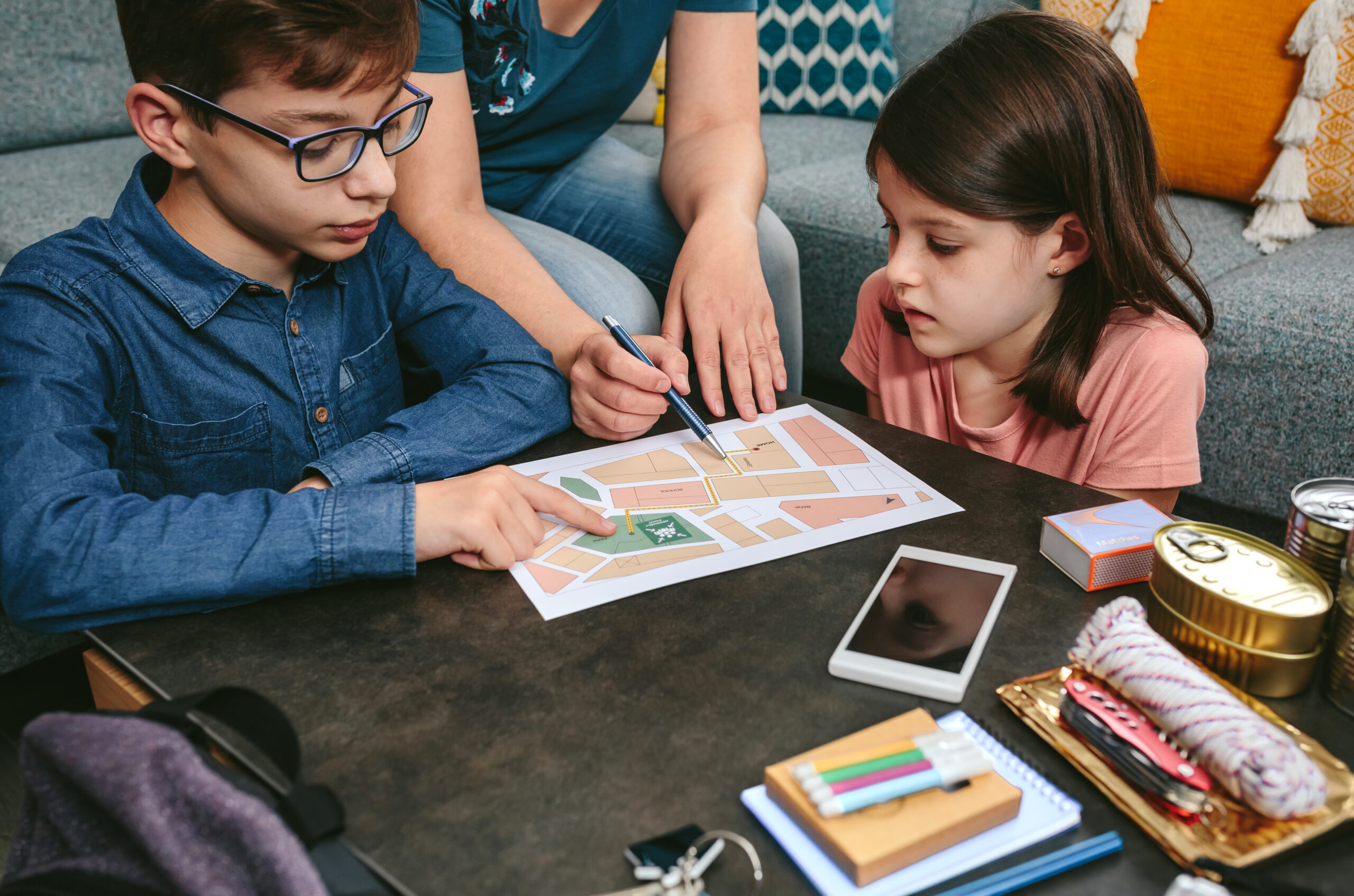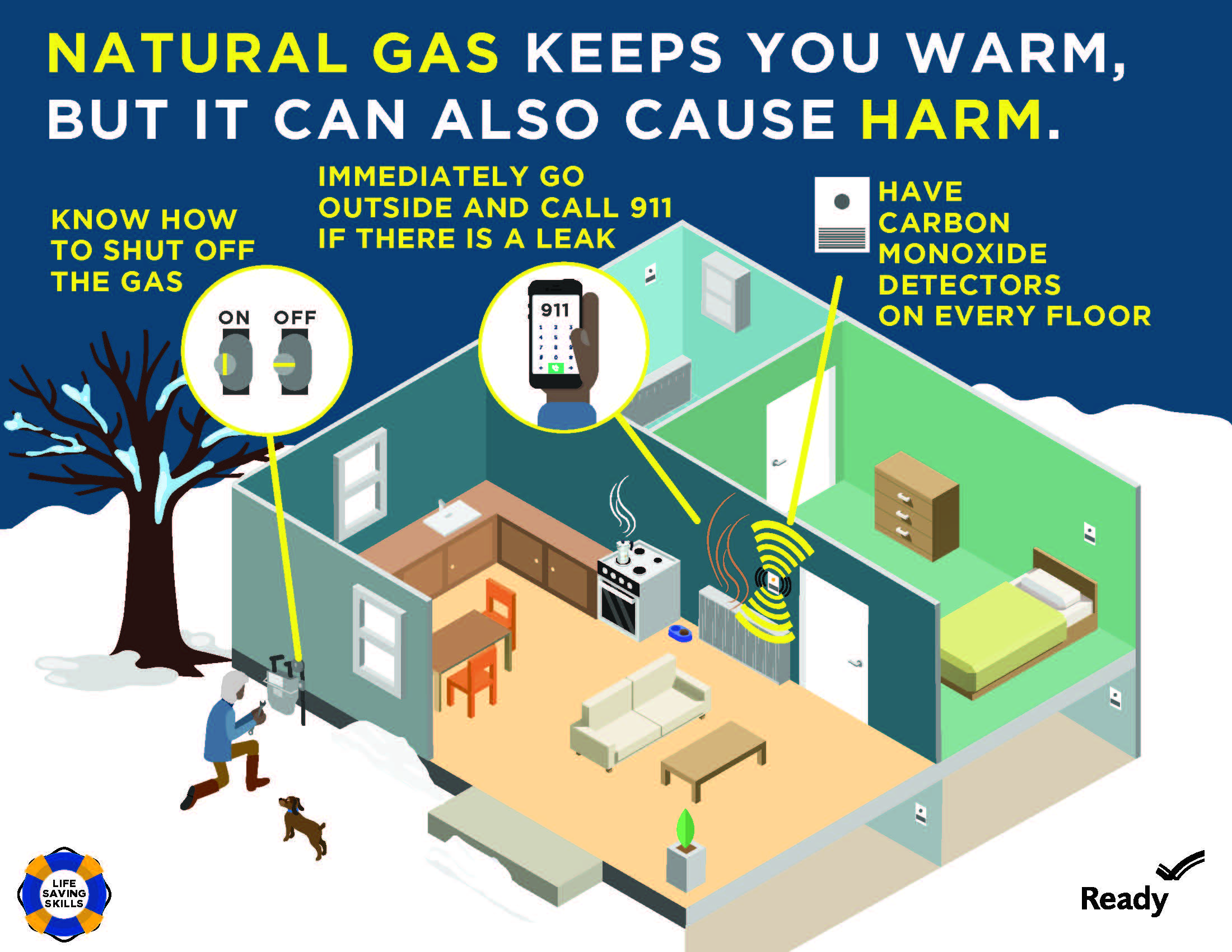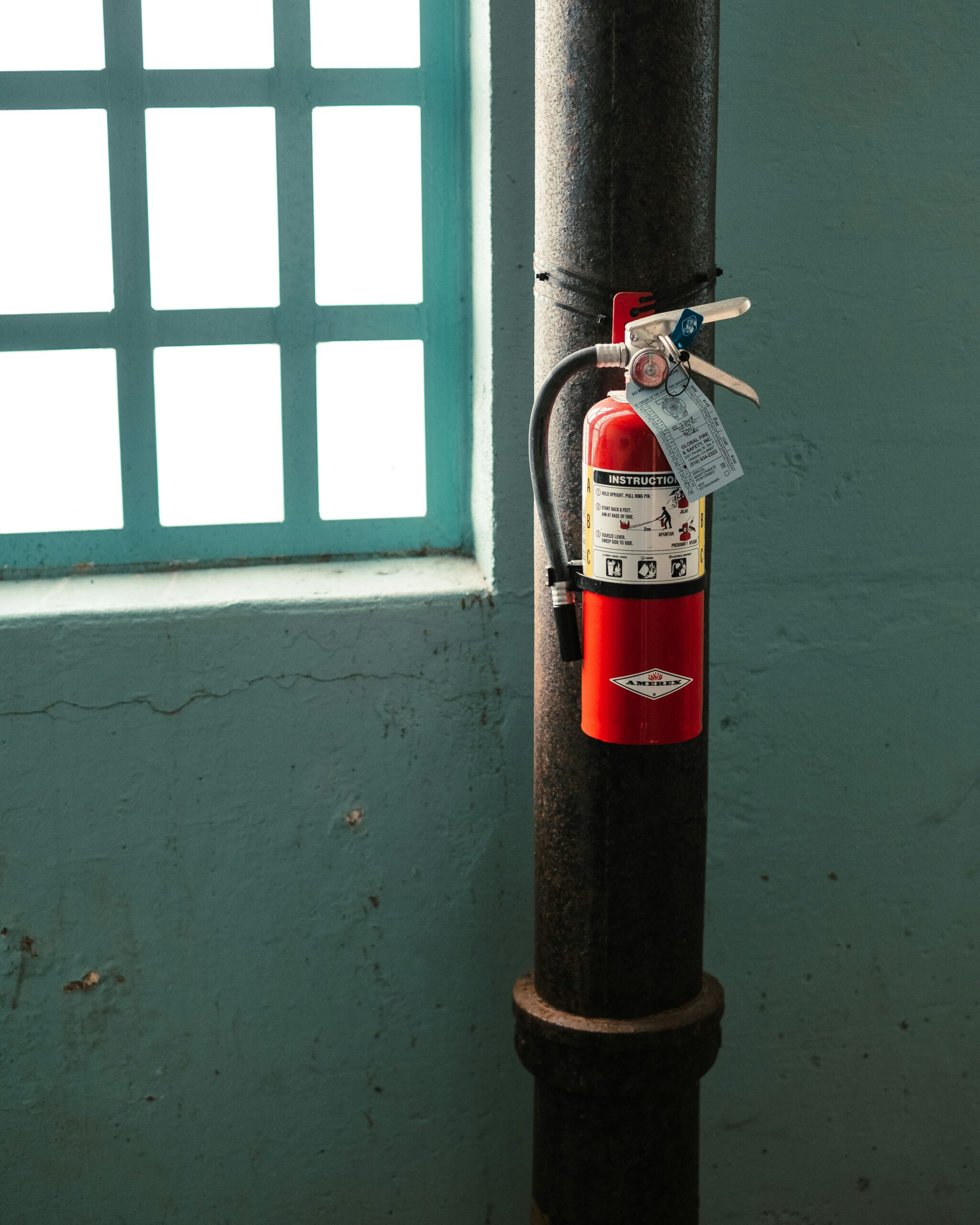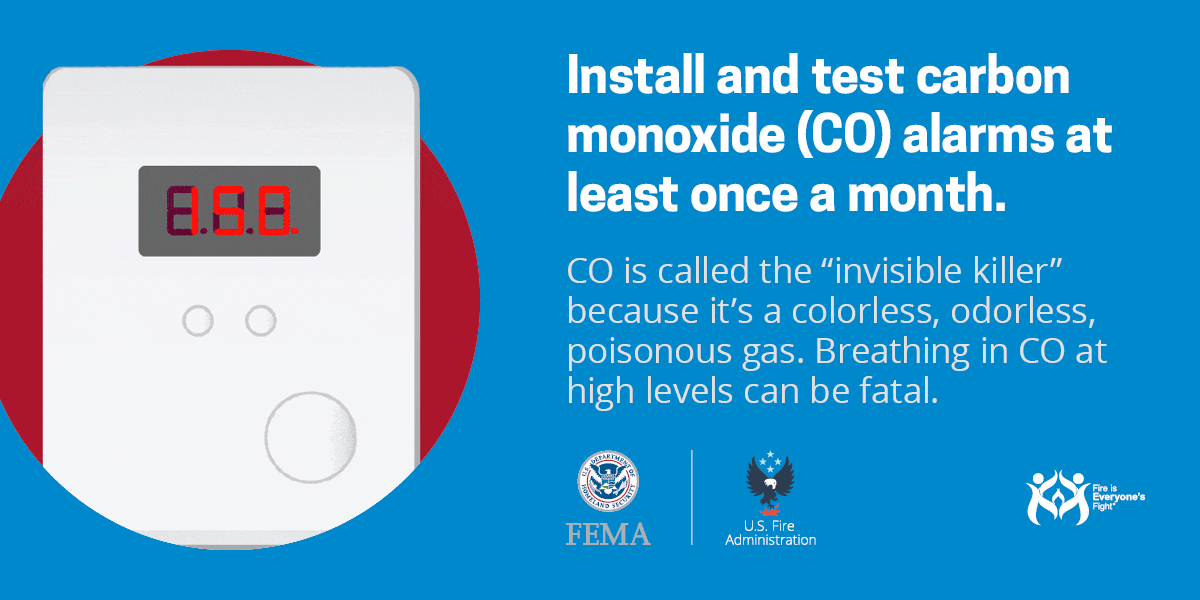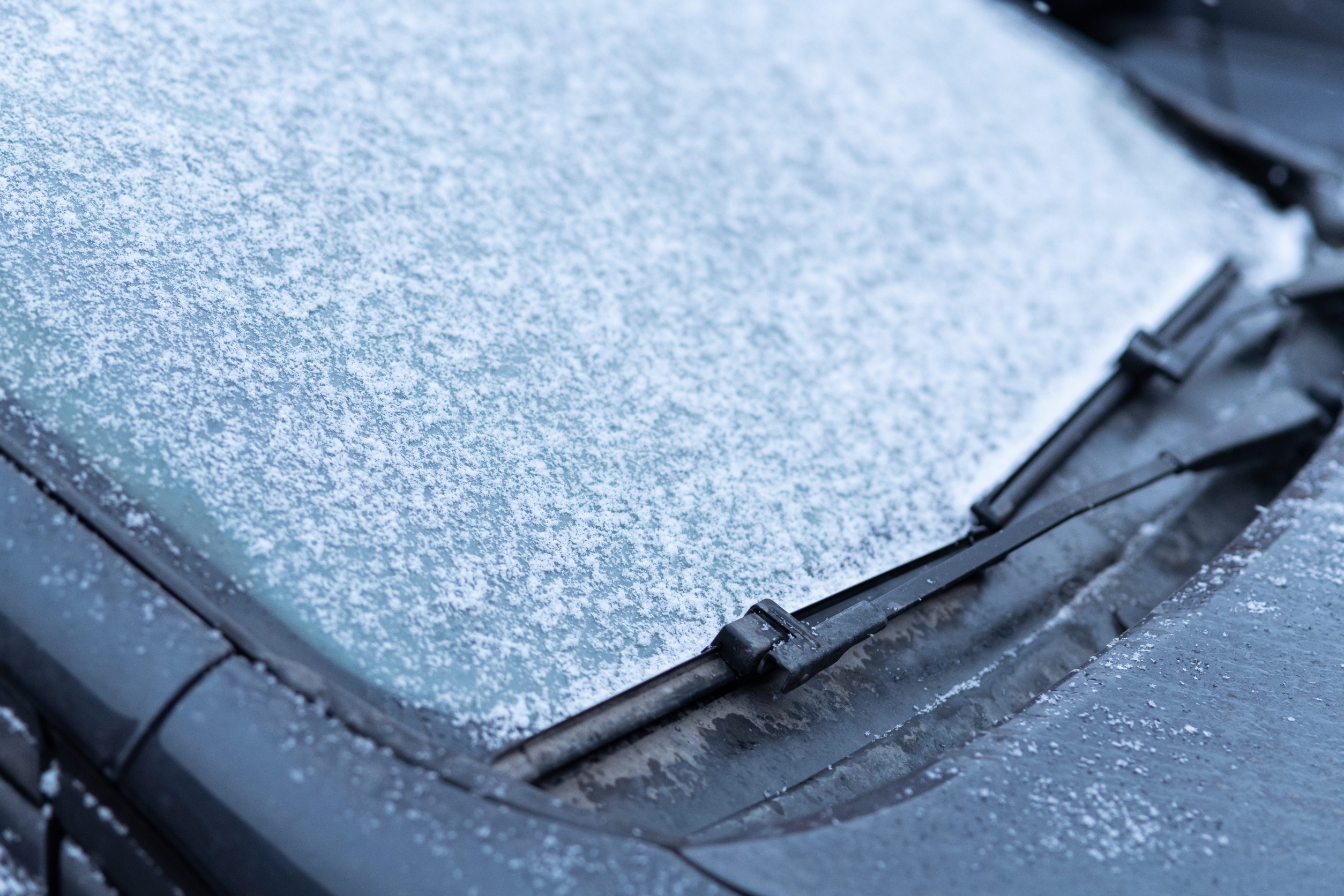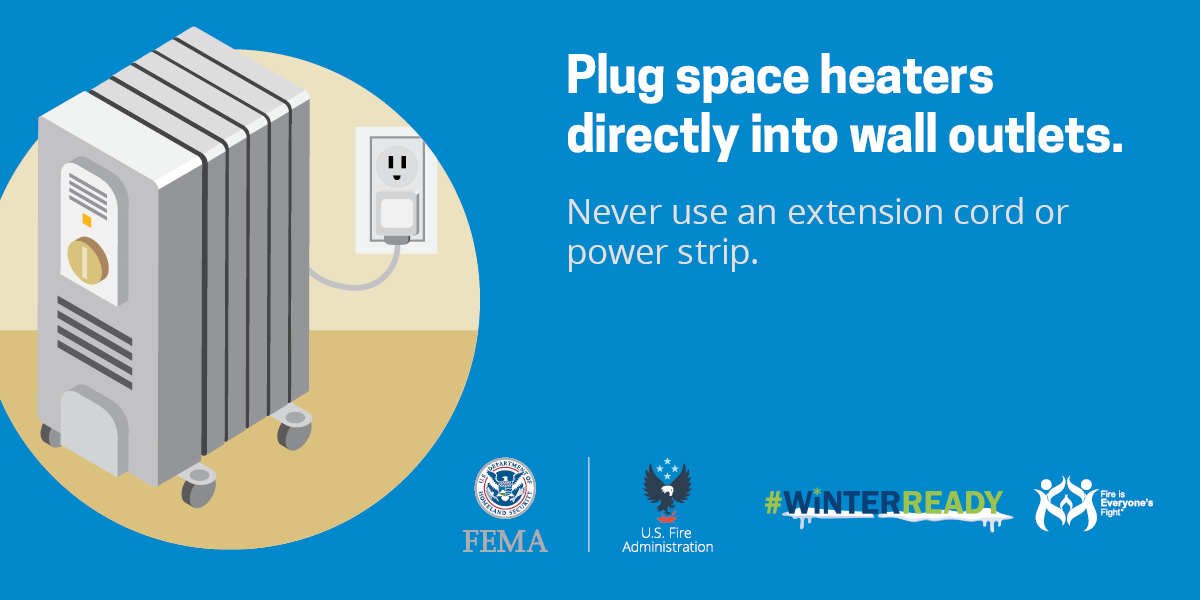Now that Spring is in full swing (and Summer is visible on the distant horizon), many people may be planning or starting some pretty big projects outside, such as landscaping, construction, and more. While these projects can be exciting, there is one major step that you shouldn’t overlook: Calling Before You Dig!
The Washington State Dig Law requires individuals that are planning to dig for projects to call 811 or visit the Dig Safe WA website to get a free utility survey done to ensure you don’t hit any utility lines, such as internet, sewer, water, etc. while digging. Even for small projects, you should always call before you dig. Hitting a utility line can have moderate to severe risks depending on the utility, ranging from taking out internet for a few houses to hitting a gas line and causing a major safety hazard.
This rule especially applies to excavators and large projects, such as construction that requires digging, though everyone should make use of this free resource. Homeowners simply planting flowers or doing other jobs requiring less than 12 inches of digging are not required to call or submit a ticket, though any project larger than that must call by law. Given that the service is free and the utility companies conduct the survey themselves, there is no downside to calling or submitting a ticket online to ensure your safety!
A ticket must be submit either over the phone or online between 2 and 10 days before the expected digging date, weekends and holidays excluded. Submitting a ticket is quick and easy!
You can learn more about the Washington State Dig Law by clicking HERE!
Or click HERE to visit the Dig Safe WA Website and learn more about the process or submit a ticket!

